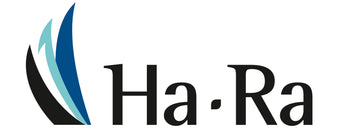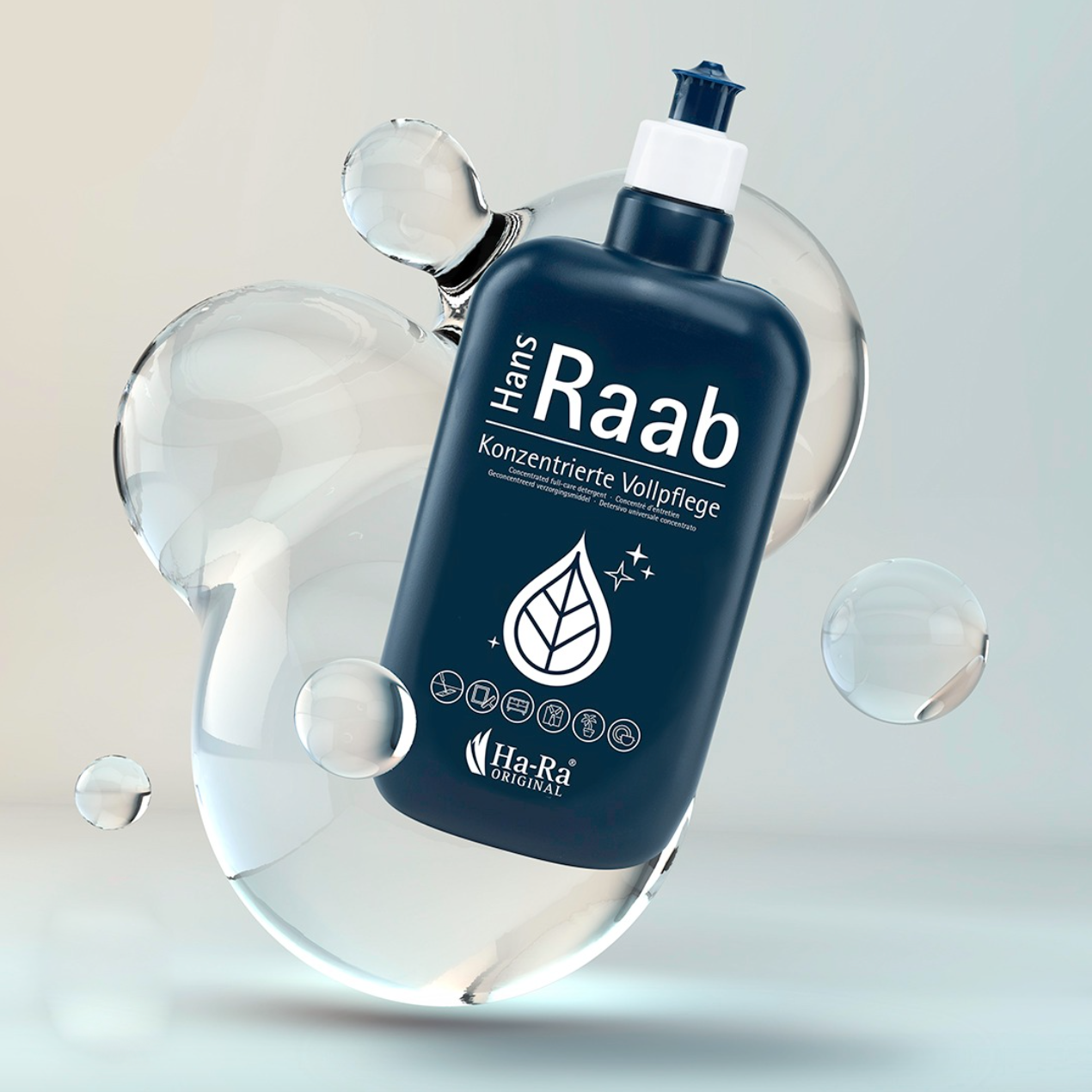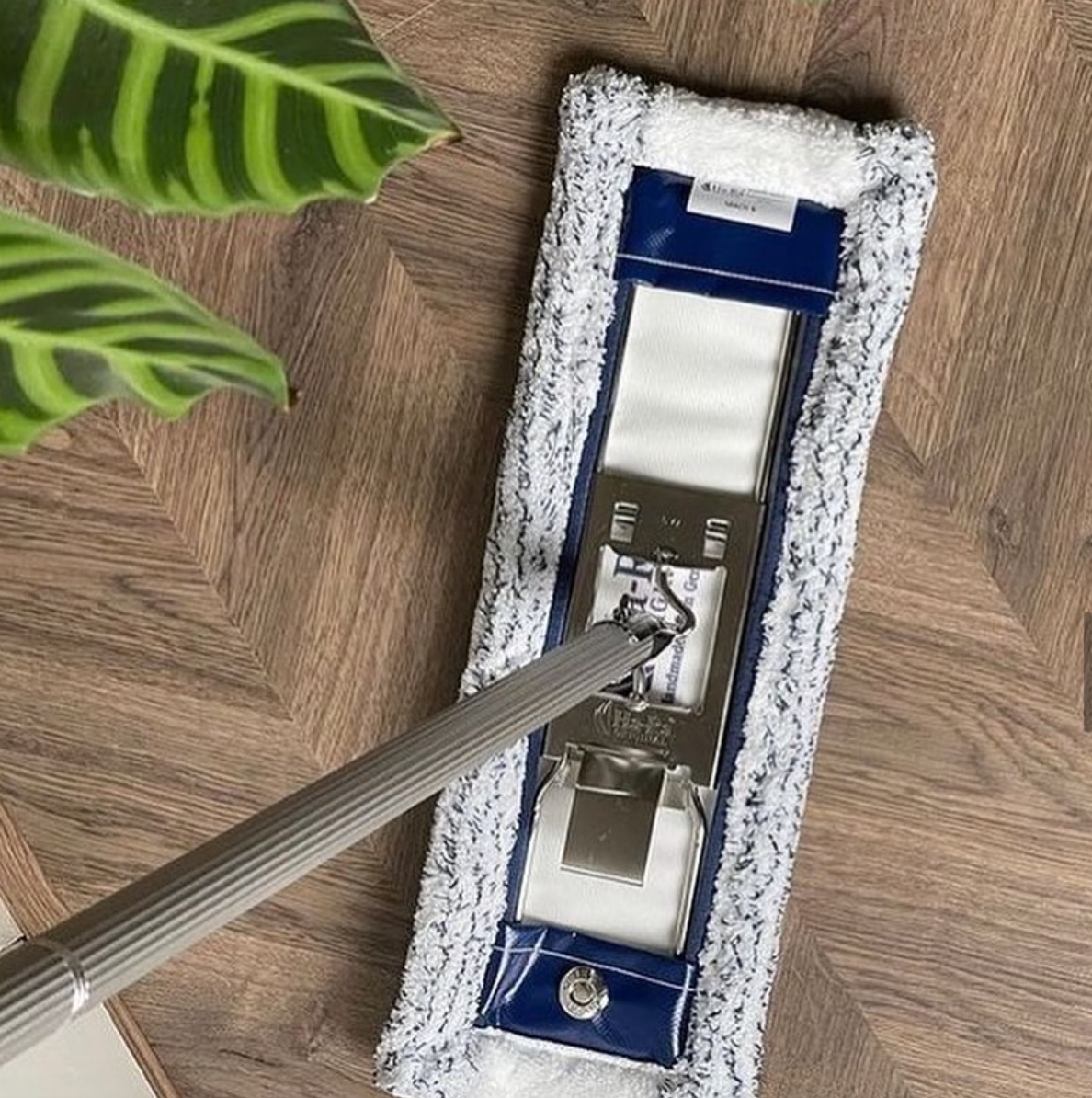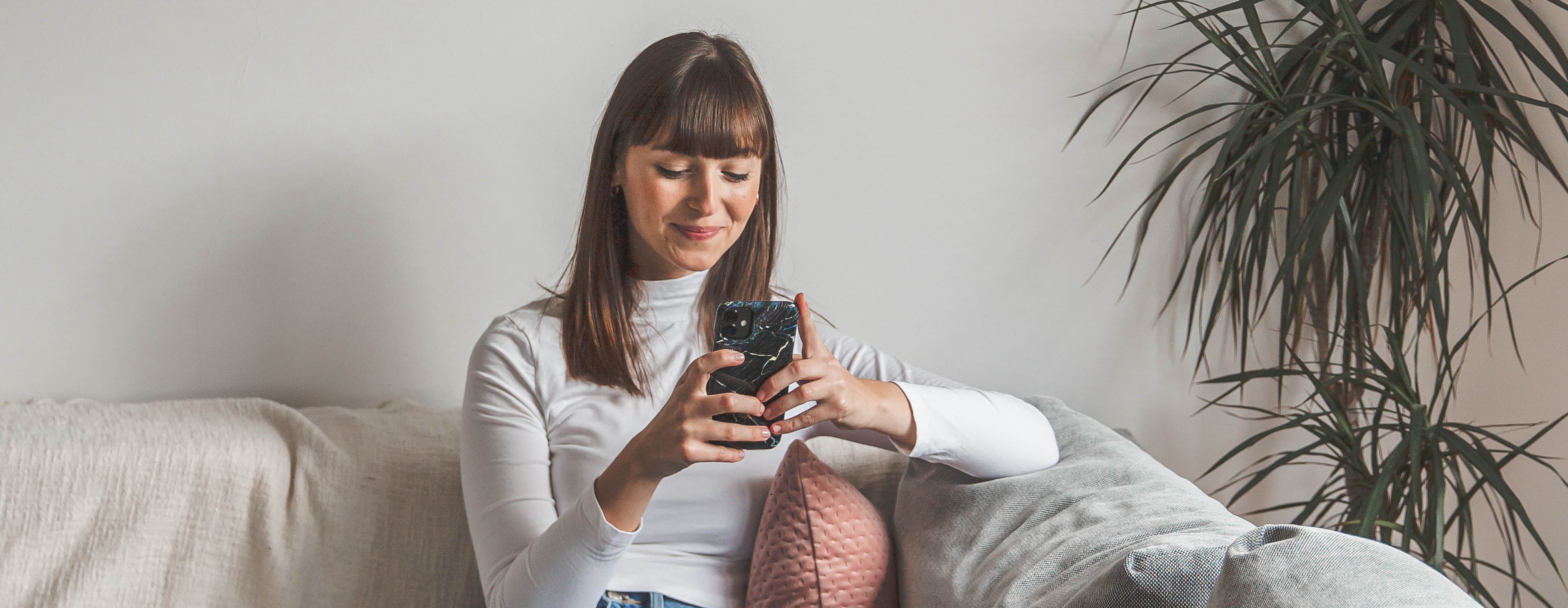What is a Kitchen Cleaning Kit?
The question is: How do you clean a kitchen using a chemical free approach reducing harsh toxins that can lurk around the kitchen particularly under the sink?
Did you know that every house hold cleaning product can effect your health. Research has shown that toxic fumes from cleaning agent can have an impact on your health when inhaled. They can also cause allergies on your skin if you don’t wear rubber gloves for example the acid based oven cleaners. Some ingredients can cause allergic reactions. Cleaning with a harsh detergent or chemical can cause leaching through your skin and into your blood circulation, which we do daily in our kitchen several times a day.
Since World War II, 700,000 new cleaning chemicals have been developed as a result of chemical warfare and introduced into the world. Different cleaning chemicals are still manufactured for different purposes, with thousands of these substances appearing on the shelves of supermarkets.
Taking a trip back in time to the stone age people, they only had water, sand and grass to clean. Obviously in the 20th century things have changed but more chemicals are not the solution. We have to adapt our way of thinking keeping our environment and climate change in mind. The younger generation is already searching for better options in the home going back to more sustainable and environmentally-friendly cleaning choices. The following household items are providing a great starting point when it comes to cleaning your kitchen naturally:
- Baking soda is a great cleaner
- Lemon acid is naturally antibacterial
- Vinegar can be used to clean and disinfect
50 years ago people would laugh about re-inventing the wheel for cleaning with most inventions do their job well. The mentality was there is little need to change things. However, the rise in allergies and asthma made people reconsider this decision. If all inventors believed that, we would still be living in caves. Even the simplest things can even be improved. This is why the German inventor developed a chemical free cleaning system with a range of fibres to cover every aspect of cleaning. This is why Ha-Ra is and will always be the Original in chemical free cleaning. Many companies came along and tried to copy his invention, but never anyone managed to come close to this commercial-grade quality.
He developed a revolutionary manufacturing process that created cleaning fibres that only need water to clean. The fibres were produced into the fabric ad then manufactured into cleaning cloths gloves and floor pads.
This was the birth of revolutionary chemical free cleaning system, which is still breaking endurance records today. Who would have thought that just using fibres and water you could remove grease and grime in one step? Hans Raab developed a range of fibres to clean grease and dirt. There is also an unique glass cleaning fibre which removes build up and residue on glass or mirrors. The invention of this fibre cleaning technology had to be of a very high quality standard for domestic and commercial purposes. This is why all products are still manufactured in Germany.
The Kitchen Cleaning Kit consist of six different products that work together with physical-mechanical action. Rather than pouring disinfectants and cleaning agents over a surface, the Kitchen Cleaning Kit eliminates grime and bacteria while removing it from the surface without abrasive chemicals.
Customers often approach us when they struggle to clean their bench tops, shower screens or floors. Unfortunately often the these surfaces have been destroyed with the previous use of chemicals. The surface layer of glass for example can be destroyed so hard water deposits will be much harder to clean in the long-run. If you stick to chemical-free cleaning solutions in the first place, you never have to deal with these issues.
What do you need to clean a kitchen using a Kitchen Cleaning Kit?
The best option to clean your kitchen is with a range of micro, nano, and mono fibres which come in glove or cloth form. Nanofibers are fibers with diameters less than 100 nm. In the fabric industry, the classification often extended to include fibres as large as 1,000 nm diameter, which is finer than a micro fibre hence these fibres have been specially treated to agitate grime out of the surface indentations and absorb into the fibre. Similar to a scrubbing brush.
These powerful fibres force the water between the dirt particles and surface which they cling to. In the kitchen you are dealing with a lot of build up, grease and fat from cooking, whether it be on or under your range hood, splash back from your stove, grease in your oven or spills in your refrigerator. The Kitchen Cleaning Kit will solve all these issues of cleaning in your kitchen. The six products in the Kitchen Cleaning Kit are of three types of fibres: micro fibre, mechanical fibres and nano fibres.
Tests conducted in Australian Laboratories have shown that these fibres provide a deep clean and leave no bacteria or grime behind. This technology reduces any micro-organisms on a contaminated surface. This is why many hospital sterilisers use the same technology that is part of the Kitchen Cleaning Kit. The fibres were tested using the Ultra Cleaning Cloth and water followed by the Star Polishing Cloth, which collected the loosened grime brought to the top sucking the grime into the Star Polishing Cloth. Rather than pouring a solution over a surface, these fibres simply remove dirt and grease particles. They also remove bacteria from a surface. The tests showed there was little carry over from the Ultra Cleaning Cloth and the bacteria and organisms remained trapped in the fabric and were removed easily when rinsed in water. The conclusion of these tests is, if you have a totally smear-free and clean surface bacteria simply can not grow - as they require water and nutrients to do so.
Cleaning a kitchen without chemicals is quite simple. The first step is to make a change and eliminate all harsh chemicals from your kitchen or home. This will assist you to make a commitment to go chemical free. The next step is to organise a deep clean to remove all the chemical build up on your surfaces. Often grime or grease can be trapped under a layer of sticky spray residue. Once the surface is residue free, it will stay cleaner for longer as there is no sticky residue left to attract fine dust and dirt particles. The water that you are using when cleaning with water can also be used in the garden as it won’t harm the environment.
The Kitchen Cleaning Kit includes a Mach 6 Cleaning Glove. This particular fabric is the soft degreaser for areas such as a 2-pack kitchen cabinets and glass. You would then follow up with a Star Polishing Cloth. These two cleaning products will collect the fine finger prints off all shiny surfaces including fridges, stainless steel or glass.
It is important to mention that abrasive, solvent-based or cream cleaners are often not recommended by kitchen suppliers. The cabinet doors can easily be cleaned with the Mach 6 Cleaning Glove and Star Polishing Cloth by just adding water. If you are dealing with a lot of grease and fat build up you may like to use the Protective Formula Rollfix, which is 99% biodegradable and can be used as a degreaser. It also assists to maintain the fibres and works as a wetting agent to hold the water in the fibres.
If you are trying to clean frying pans, simply use the Ultra Cleaning Glove and Rollfix. Wipe out the grease, it will vanish into the Ultra Cleaning Cloth, then dry the pan out ready for the next use.
To remove the grease from the Ultra Cleaning Glove either rub the Rollfix over the cloth and rub the fibres together under warm running water before washing in the washing machine. If you are trying to collect crumbs or do a light clean the Mini Star Polishing Cloth can be used to wipe over and around toasters, coffee machines, jars and benches. The best way to clean your bench tops is using the Mach 6 Cleaning Glove with water only. You would then follow up with Star Polishing Cloth to dry off for a steak free result. The range hood and splash back may require a stronger fibre, which is the Ultra fibre from the Ultra Cleaning Glove.
We all seem to have a habit to fill up the sink with waster squirt in a great squeeze of detergent, put the gloves on and wash the plates. This process can be made so much easier if you use the double-sided Dish Cloth as it cleans not only cutlery and dishes, it is flexible to reach into plug holes and shine up sinks. It comes with an antibacterial finish and very fine bristles to take up any dish cleaning job.
What can I use to clean grease off kitchen walls? Of course this depends on the surface. If you are dealing with a smooth and shiny surfaces e.g. tiles or acrylic, using the Mach 6 Cleaning Glove, followed by the Star Polishing Cloth will provide the best results. Collect the grime into the Cleaning Glove. You can also remove finger marks on walls, doors and light switches with this Cleaning Glove. Always remember when cleaning: Clean from the top down.
Many people are using vinegar to clean, which can be beneficial on certain surfaces. However, you have to be mindful as vinegar is an acid and could damage soft surfaces like natural bench tops or cupboards. Cook tops are of a concern not to damage. To help prevent damage to your induction cooktop, avoid using products that could scratch the surface in your cleanup routine. Steel wool, heavy duty scrubbing brushes, abrasive powder cleansers and chlorine bleach are not suitable when it comes to these surfaces.
The Kitchen obviously not only consists of our appliances and cupboards, you are also dealing with a floor surfaces. Luckily these products are also available as a Floor Cleaning Pad with the Floor Cleaning Express. This Floor Mop covers all your cleaning needs from timber, tiles to vinyl and stone.



